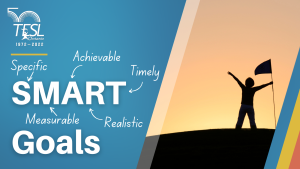Have you been asking yourself what technologies you could- or should- use to deliver your online courses? Maybe you’re looking for some guidance as to what to use and when. Online teaching challenges us to try a lot of new things, but we don’t have to imagine what functions well and when on our own. Instead, we can refer to the technology and learning pedagogy models which are out there to assist us in making informed decisions about technology in our lessons.
Puentedura’s SAMR model is used to describe the integration of technology into learning pedagogy. This model is sometimes viewed as a staircase, as depicted here, but the levels are not necessarily sequential. Each can be chosen independently to suit a lesson (H.L., 2017). The SAMR model aims to capture how technology can be used in teaching and learning practices.
In this article, I will discuss the first two steps in the SAMR model and how they can be applied in your teaching. Continue reading →










